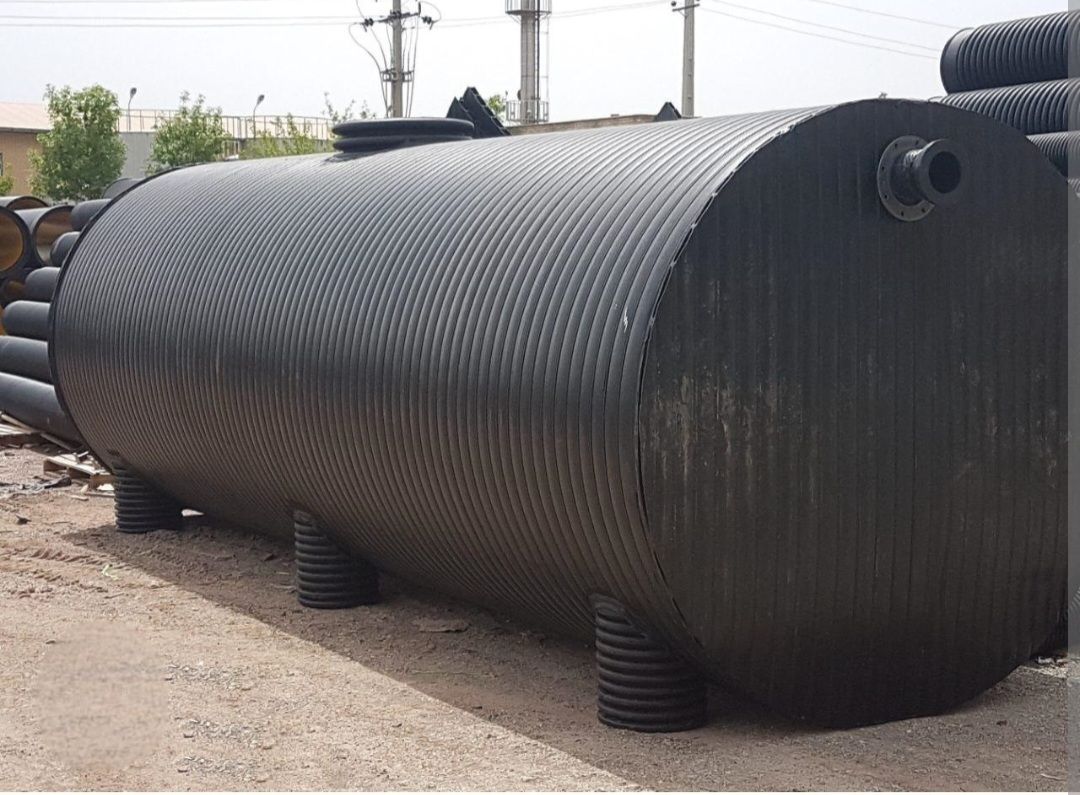septic tank
What is a septic system? Septic is an underground sewage treatment system that is usually used in rural areas and areas without access to urban sewage. Their structure is a combination of nature and modern technology that cleans waste from the bathroom, kitchen or laundry. A normal septic system consists of a tank and a discharge field or soil absorption field. A septic tank digests organic matter and separates floating matter (such as oils) and solid matter from wastewater. This system directs liquids (known as effluent) from the septic tank into a series of perforated pipes buried in the discharge field to be slowly released into the soil. Some other systems use pumps or gravity to help flow effluent through sand, organic matter (such as peat and sawdust), artificial wetlands, or other substrates to remove or neutralize pollutants such as pathogens, nitrogen, or They use phosphorus. What are the main components of septic? Septic has different components, each of which has a different function. Now what are the components of septic? The most important components of this system are as follows: • Sewage inlet system, which is like pipes and fittings and inlet baffle • The primary septic tank, which accounts for the majority of the septic tank (60 to 70 percent). • Separating wall that prevents sludge, grease and floating oils from entering the treatment tank. • The purification tank, which is approximately 30% of the total volume of the system, and the sedimented and floating materials are collected in it. • Ventilation system that removes gases produced from anaerobic processes from the septic tank. • Sewage outlet system that includes a separator and a septic outlet pipe. How the septic system works In general, septic works like this: 1. All the sewage of the building enters the septic tank through the sewer pipe or even the water pipe. 2. The septic tank is buried underground and is usually made of concrete, fiberglass or polyethylene. This tank holds the wastewater long enough for the solids to settle and form sludge, while the oils and other floating materials float away as waste. Chambers and a T-shaped outlet prevent sludge from escaping to the discharge area. 3. The liquid effluent is discharged from the tank into the discharge field. 4. The discharge field is a shallow, covered, unsaturated soil-rich region. Pre-treated wastewater is discharged through porous pipes and filtered. Due to the resistance and long life of the pool pipe, it is very common to use it as a porous pipe. 5. Finally, bacteria, viruses, and harmful nutrients will be naturally destroyed by the infiltration of wastewater into the soil, and the remaining water will also enter the groundwater. Types of septic tanks Just as there are different types of building sewage pipes, there are also different types of septic tanks and they can be used according to the environmental conditions. Septic can be produced from different raw materials and each of them has unique features and capabilities. The types of septic are as follows: Concrete septic tank These septic tanks have high durability and were very popular in the past years. The body of these tanks is made of concrete and has high resistance against environmental factors. These tanks lose their resistance over time and when the first crack occurs, it transfers the wastewater to the surrounding environment. Steel septic tank The tanks of these septic tanks are made of steel and last for about 25 years. These tanks are used in all kinds of weather environments, but they may corrode like steel water pipes and lose their resistance to biological agents over time. Fiberglass septic tank Compared to concrete and steel tanks, these tanks have a more coherent and high-quality structure and have high resistance to various conditions such as humidity, earth movement, ultraviolet rays, chemical reactions, etc. In fact, fiberglass septic tanks are known as the most resistant septic tanks in the world. Plastic septic tank Among the other septic tanks that are receiving a lot of attention today, we can mention plastic septic tanks, which have very high durability and a very good price, and are very resistant to environmental factors, chemical reactions, etc. Polyethylene septics are also a type of septics that can last up to 50 years like Vinoband. For this reason, we have written an article titled UPVC pipes and fittings that you can read.


